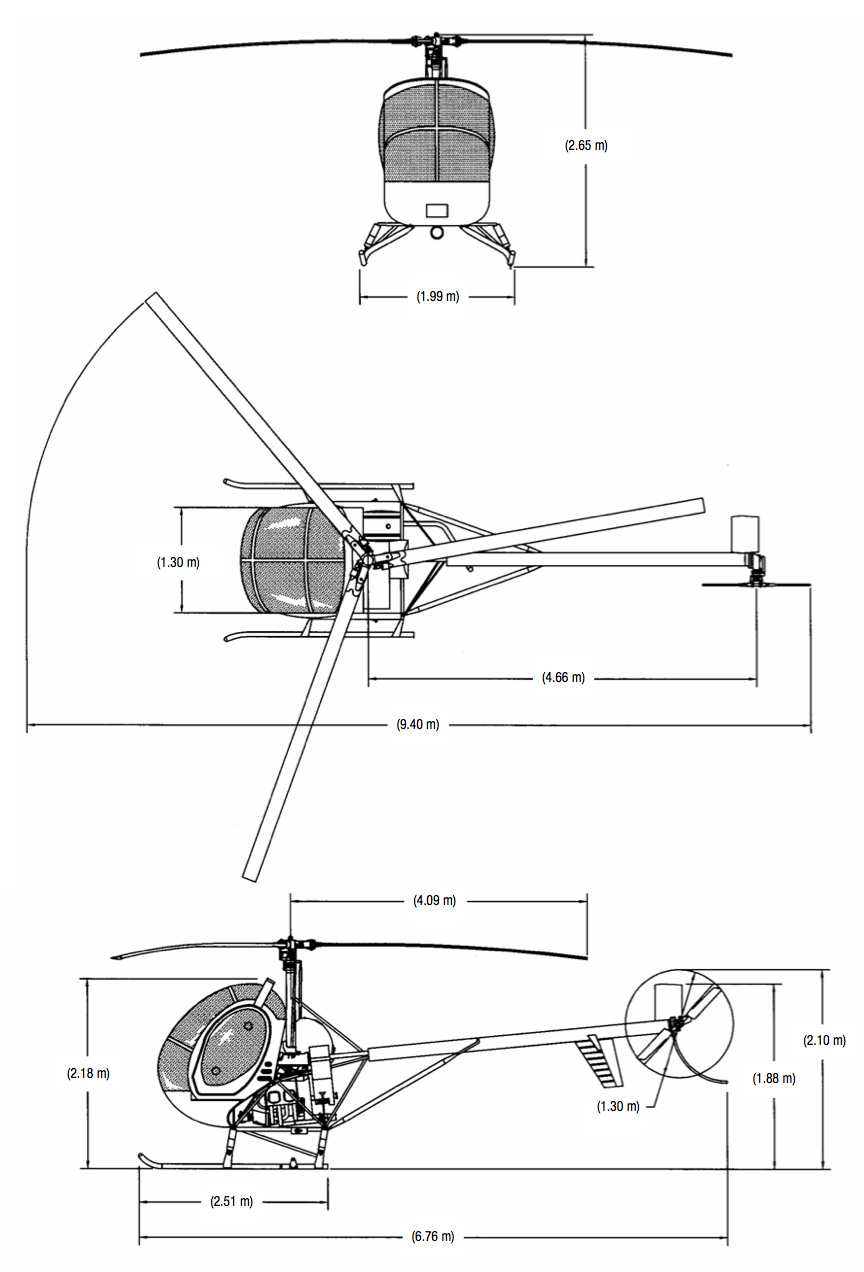Education
We are located just outside Örebro. Close enough to exercise to fly in controlled air, but far enough away to get close to exercise areas and avoid long expensive transport flights. Our instructors with a past in the Army helicopter school have together, since 1985, been involved in training over 200 helicopter pilots on the same helicopter type (H-269) that we use. We are a Registered Flight School and are approved in accordance with JAR-FCL 2 to conduct practical flight training for PPL (H). Feel free to contact us if you have any questions.
PPL (H)
Learning to fly a helicopter is not as difficult as many people think. Come to us and have a test lesson. It starts with a simpler theory review before getting into the helicopter and flying about half an hour. During the lesson you will gradually get to try out the various controls and before we land you will get to know how wonderful it is to fly yourself.
- Provisions: What rights and obligations you have as a pilot, the division of the airspace, procedures for renewal of certificates, etc.
- Aircraft: An overview of how the helicopter works, both engines and instruments.
- Performance & trip planning: o safely move from one place to another, including fuel and flight time calculations.
- Human factor: How the body functions and is affected in the conditions that prevail when flying, including the mental parts.
- Meteorology: Basic knowledge of "the powers of the weather", including interpretation of the weather information that is made available to us.
- Navigation: The function of the flight instruments, what information the flight maps give us, different radio navigation tools we can use, etc.
- Aerodynamics: Understand the factors that cause a helicopter to fly, and how it affects us in different flight situations.
- Radio communication: Who we can and should talk to in radio with in flight, what phraseology we use and the opportunities available to obtain information about weather, etc. in flight.
- Plane flight, turns, climbs and planes: The basis for all flights is that you can handle the helicopter and perform these basic manoeuvres at a constant speed.
- Hovring: What separates the helicopter from all other aircraft. This will be practiced for many hours until it sits as natural as walking.
- Emergency procedures: While helicopters are very safe, you must be able to handle various errors that may occur. As we carry out our emergency training over an airport, we have the opportunity, under very safe forms, to train all the various steps you need to be able to become a safe helicopter pilot.
- Navigation: One advantage of flying is that the ground and the map look the same, but it is still something that needs to be trained so that you always know where you are.
- Take-off and landing: We will also be training a lot to set up our runways in the air so that we reach the place we want with the right altitude and the right speed.
- Radio communication: Thanks to the school being close to the Örebro control zone, several flights will start and end with us being trained to request a driving license and follow these.
This with emergency procedures may sound a little daunting, but it is more to compare with slip training when taking a driver's license. It is something that is practiced in very controlled forms, in order for the correct handles to sit in the spinal cord if something were to happen in the future. That a helicopter crashes uncontrollably in the event of engine failure is far from the truth. Of course, the helicopter will come down when the engine is not holding it up, but it does so in gliding with full control from the pilot's side. This allows you to choose a landing site where it is then necessary to utilize the energy that is in the rotor system to land at a low speed downwards and forwards at the location you have chosen. We at Malmen helicopter, unlike many other helicopter schools, train the auto rotation, as it is called, all the way down to the ground with our very experienced instructors. This means that if you ever have to make an auto-rotation in reality it will not be a surprise what happens. When the auto rotation is completed and the helicopter is on the ground, we turn the trot, start, rise to the same starting position and do it many more times.
Before you start flying
The requirement for a valid student permit is then no longer necessary from the Swedish Transport Agency. It is important to know that to get your certificate is that you have nothing in the criminal record. On the other hand, you should go to an authorized air doctor for a health examination. You can search for an air doctor on the web. Choose category Air physicians - Class 1 or 2. During the medical examination you check, for example, heart, vision and hearing. Should there probably be any problems with your health, you will usually find out in connection with the doctor's visit.
About us
Helicopter

Staff

Rick Andersson
CEO

Tommy Rosell
Head of education / Head of School

Curt Ögren
Flight Instructor

Magnus Karlsson
Flight Instructor

Johan Dahlström
Flight Instructor

Lars Gunnar Dahlberg
Flight Engineer

Walther Almquist
Market

Mats Fincke
Legal
